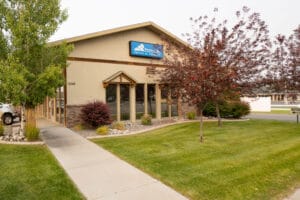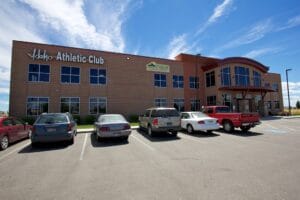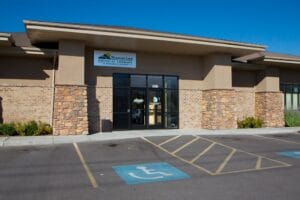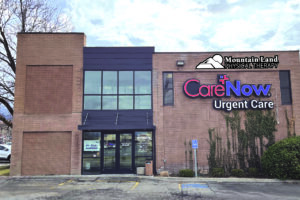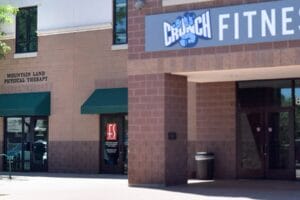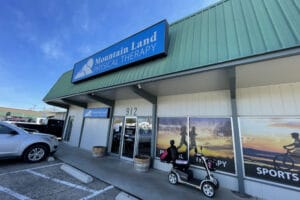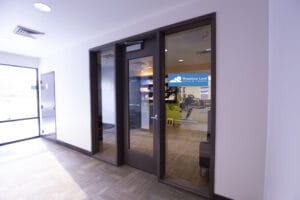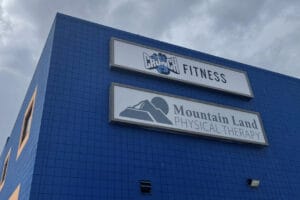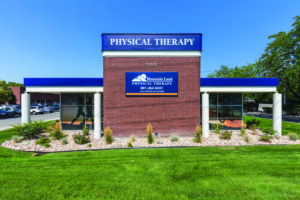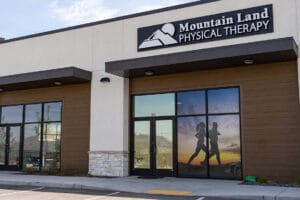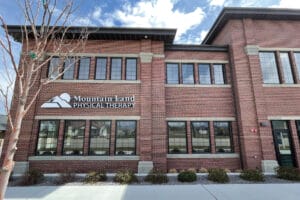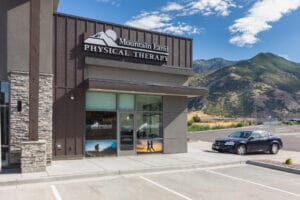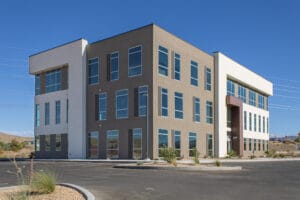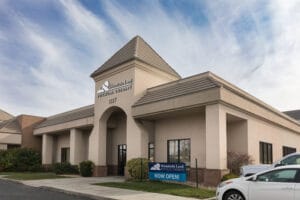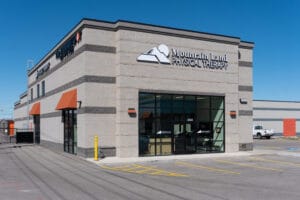IASTM (Instrument-Assisted Soft Tissue Mobilization) is a manual therapy technique used by physical therapists to treat various musculoskeletal conditions. It involves using specialized tools, typically made of stainless steel or plastic, to apply pressure and scrape the skin to stimulate the underlying tissues. IASTM has gained popularity in recent years due to its effectiveness in treating various conditions, including chronic pain, muscle strains, and tendinopathies.
How does IASTM work?
IASTM works by breaking down scar tissue and adhesions in the soft tissue. Scar tissue forms as a result of injury or inflammation and can restrict mobility and cause pain. Adhesions are fibrous bands that develop between tissues, often as a result of surgery or injury. These bands can limit movement and cause pain. IASTM helps to break down these adhesions and scar tissue, allowing for increased range of motion and reduced pain.
What happens during an IASTM session?
During an IASTM session, the physical therapist will first assess the patient’s condition to determine the appropriate tool and pressure to use. The therapist will then apply the tool to the affected area and use a scraping or rubbing motion to break down the scar tissue and adhesions. The therapist may also use stretching or other manual therapy techniques to further enhance the effects of IASTM.
Is IASTM painful?
IASTM can be uncomfortable at times, but it should not be painful. Patients may experience some mild soreness or bruising after the session, but this typically subsides within a few days. It is important to communicate with your physical therapist throughout the session and let them know if you experience any pain or discomfort.
What conditions can IASTM treat?
IASTM can be effective in treating a wide range of musculoskeletal conditions, including:
- Chronic pain
- Muscle strains
- Tendinopathies (e.g. tennis elbow, plantar fasciitis)
- Adhesive capsulitis (frozen shoulder)
- Scar tissue
- Post-surgical scarring and adhesions
- IT band syndrome
Benefits of IASTM:
- Reduces pain: IASTM can help reduce pain caused by scar tissue, adhesions, and other soft tissue restrictions.
- Increases range of motion: By breaking down scar tissue and adhesions, IASTM can help improve range of motion and flexibility.
- Improves circulation: IASTM can stimulate blood flow to the affected area, which can help improve healing and reduce inflammation.
- Accelerates healing: By breaking down scar tissue and adhesions, IASTM can help promote tissue regeneration and accelerate the healing process.
- Non-invasive: IASTM is a non-invasive treatment option that does not require surgery or medication.
- Can be used in combination with other treatments: IASTM can be used in combination with other treatments, such as exercise and manual therapy, to further enhance its effectiveness.
- Cost-effective: IASTM can be a cost-effective treatment option compared to other more invasive treatments, such as surgery.
Is IASTM right for me?
IASTM can be an effective treatment option for many patients with musculoskeletal conditions. However, it is important to consult with a physical therapist to determine if it is the right treatment option for you. Your therapist will consider your individual needs, medical history, and any other factors that may affect your treatment.
IASTM is a manual therapy technique that can be effective in treating a wide range of musculoskeletal conditions. If you are experiencing pain or limited mobility due to scar tissue, adhesions, or other soft tissue restrictions, IASTM may be a helpful treatment option to consider. Contact your physical therapist today to learn more about IASTM and whether it is right for you.

